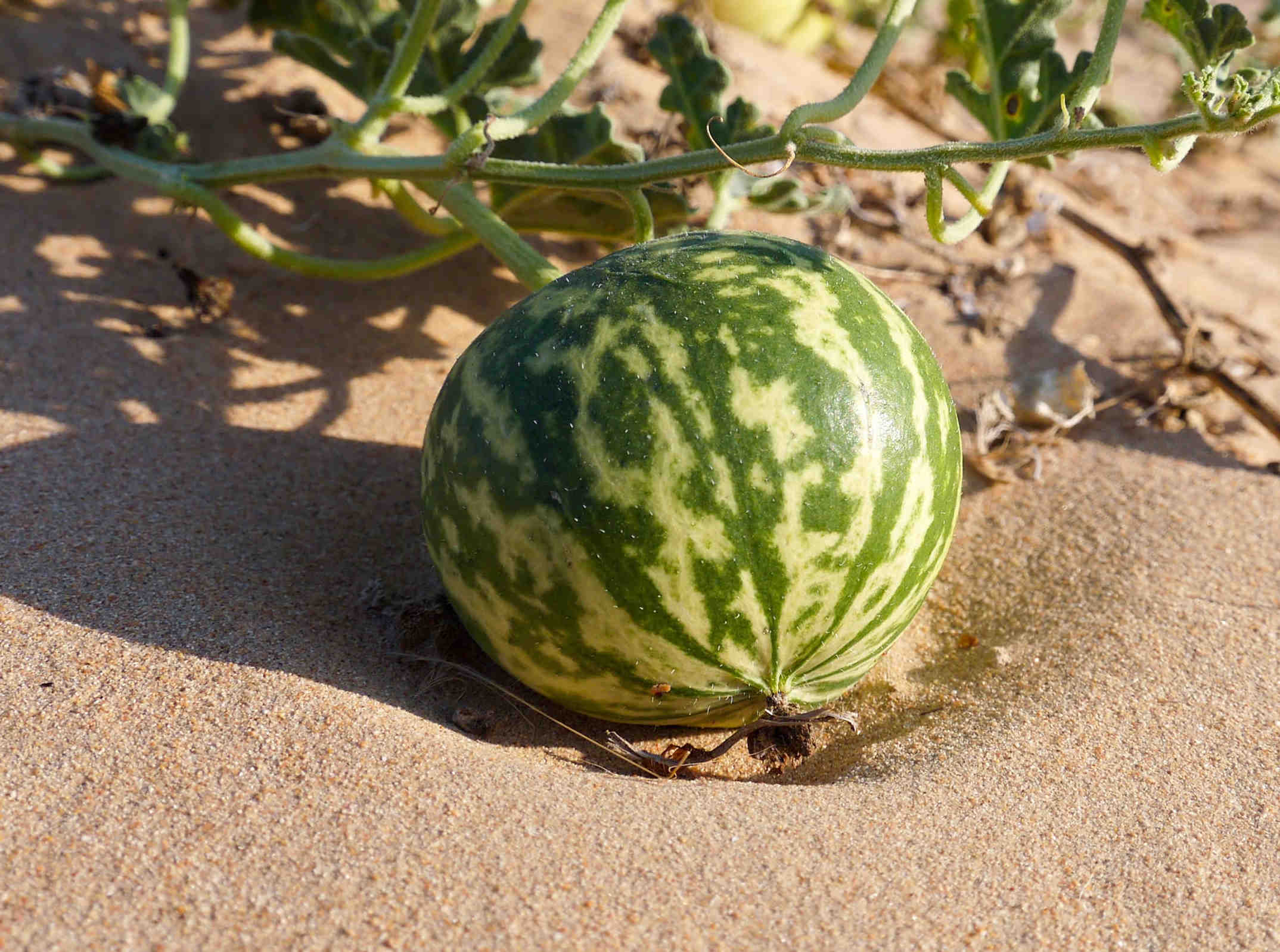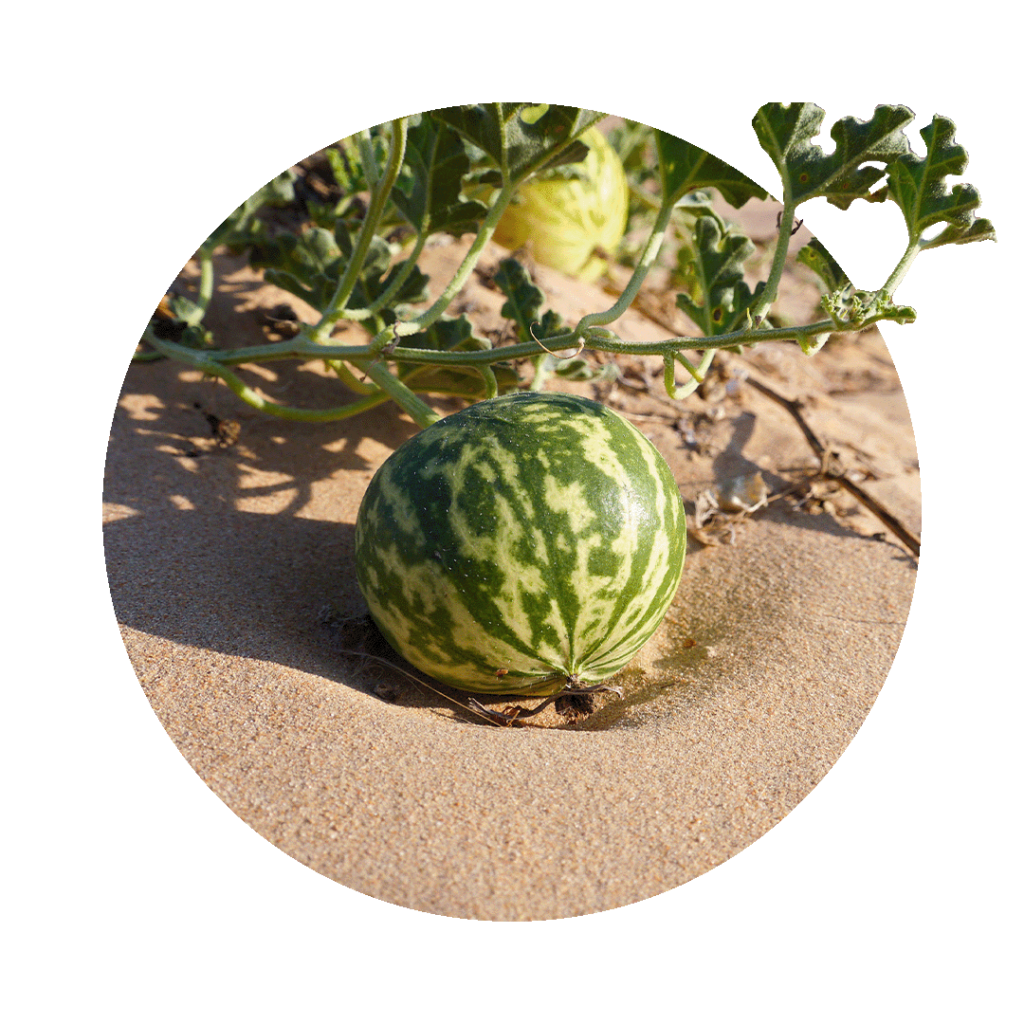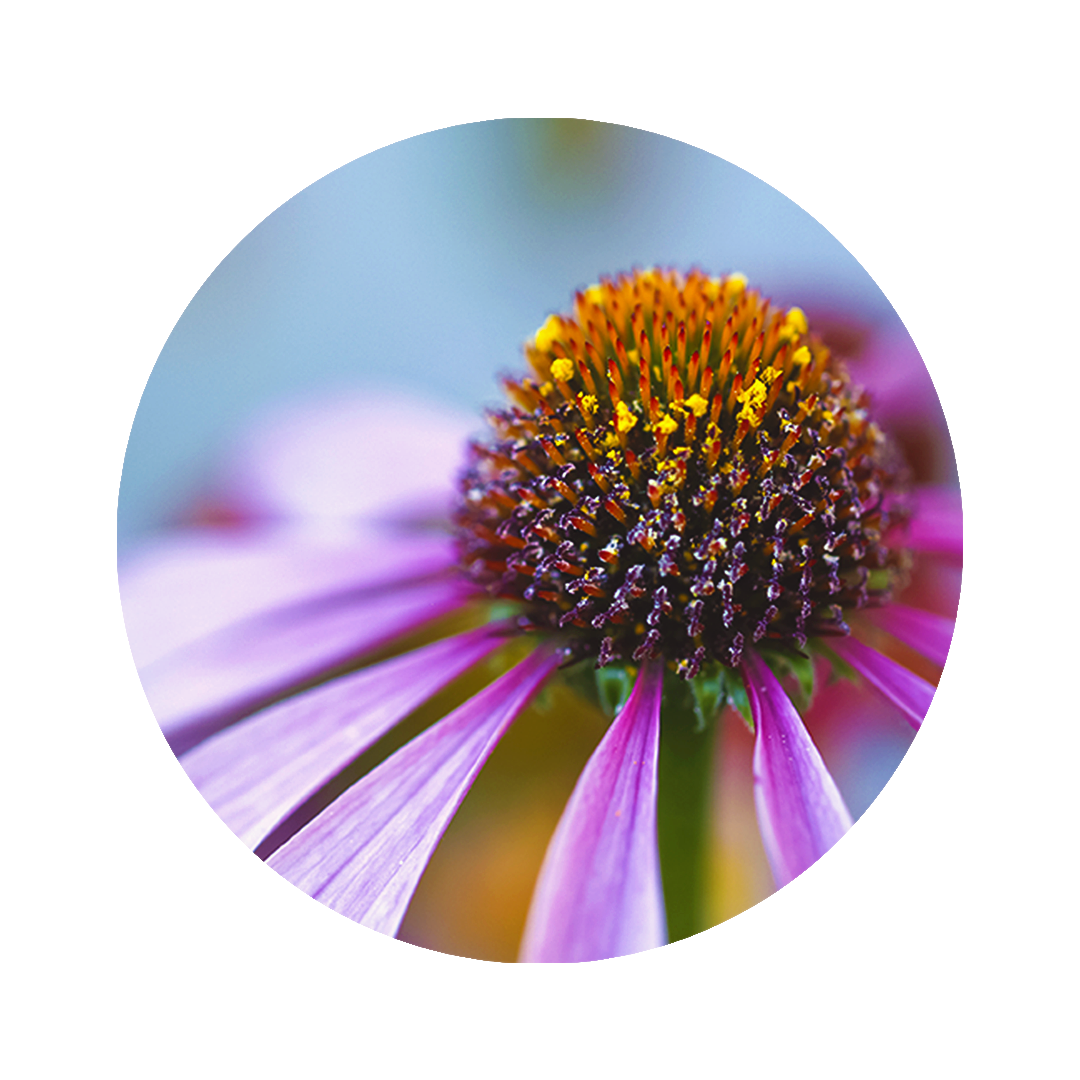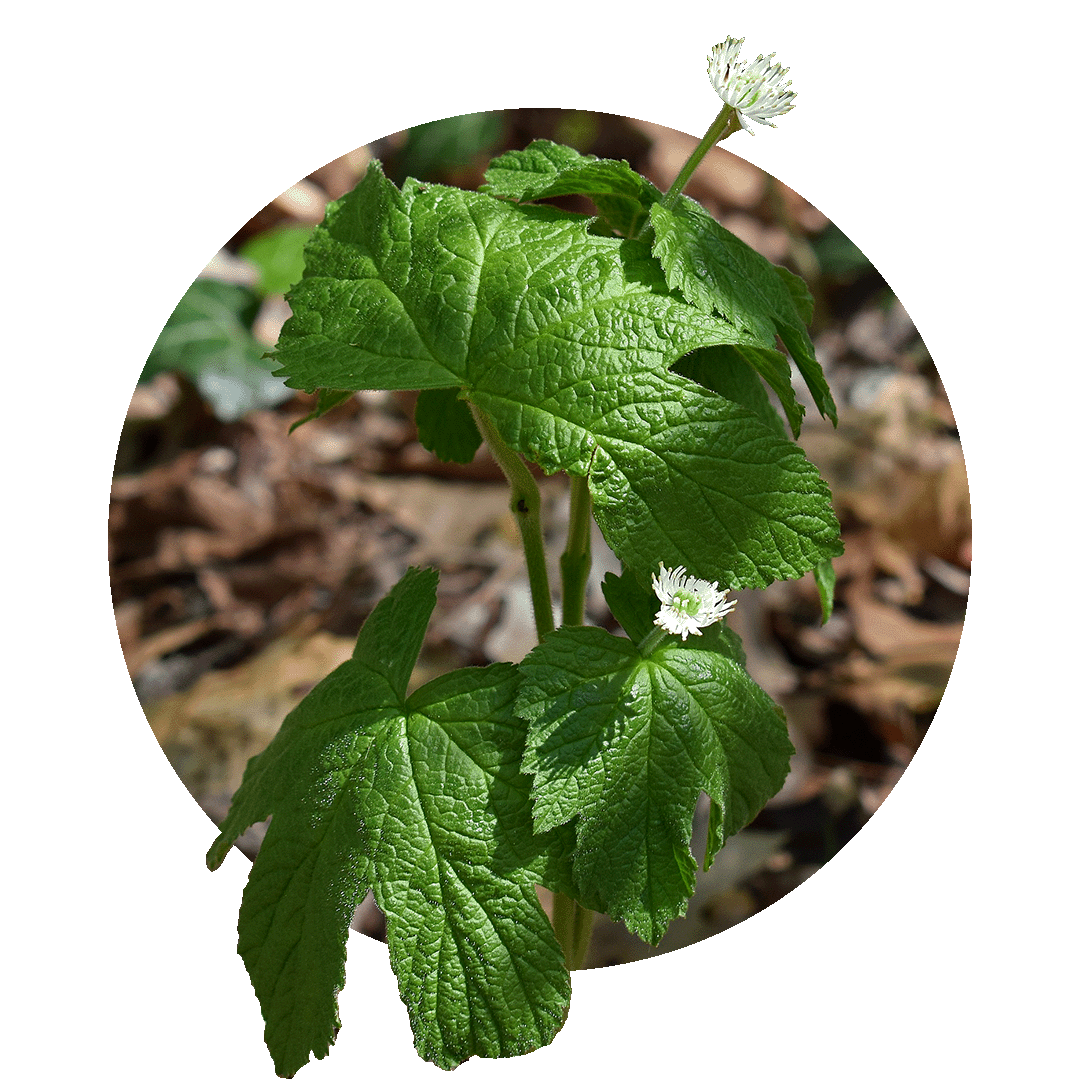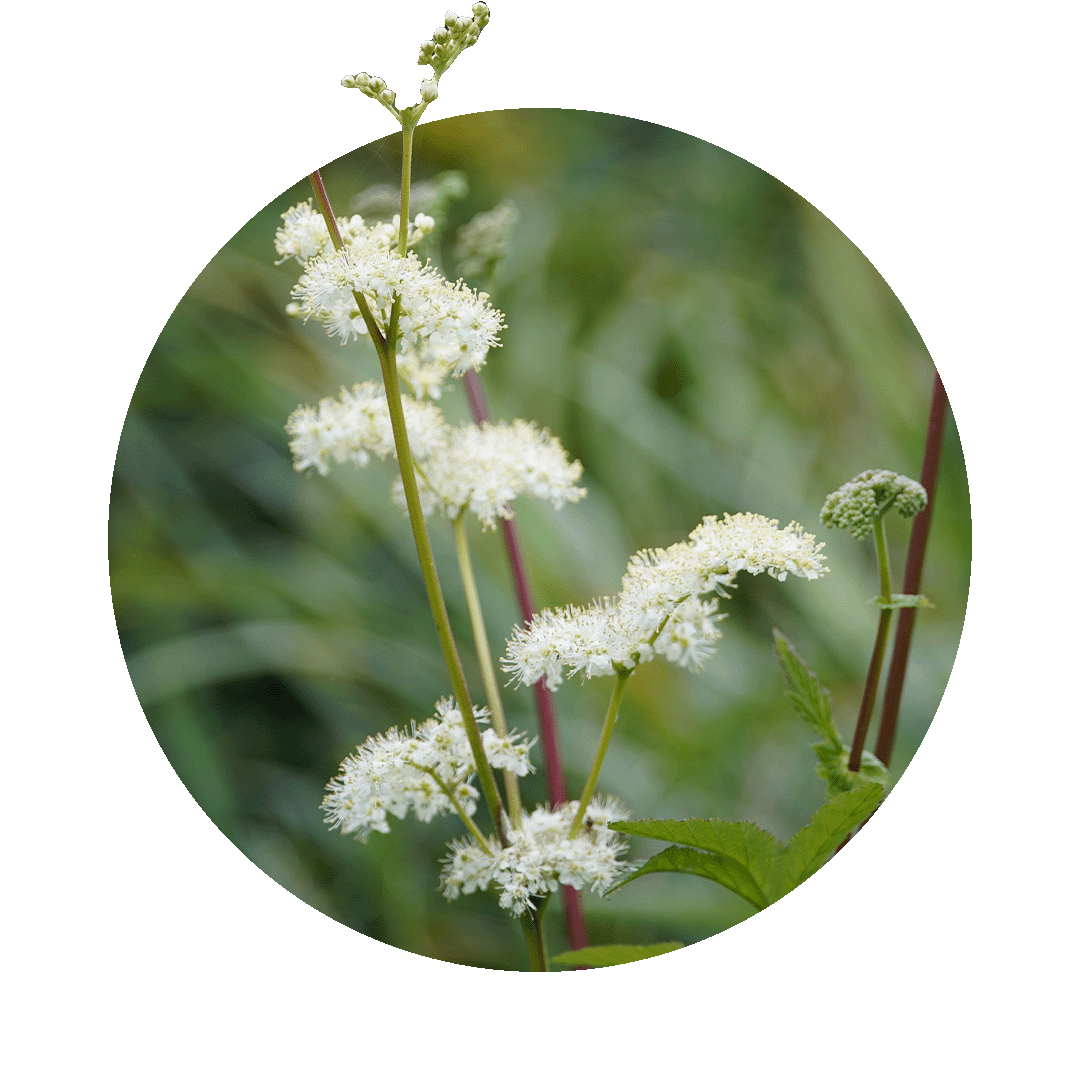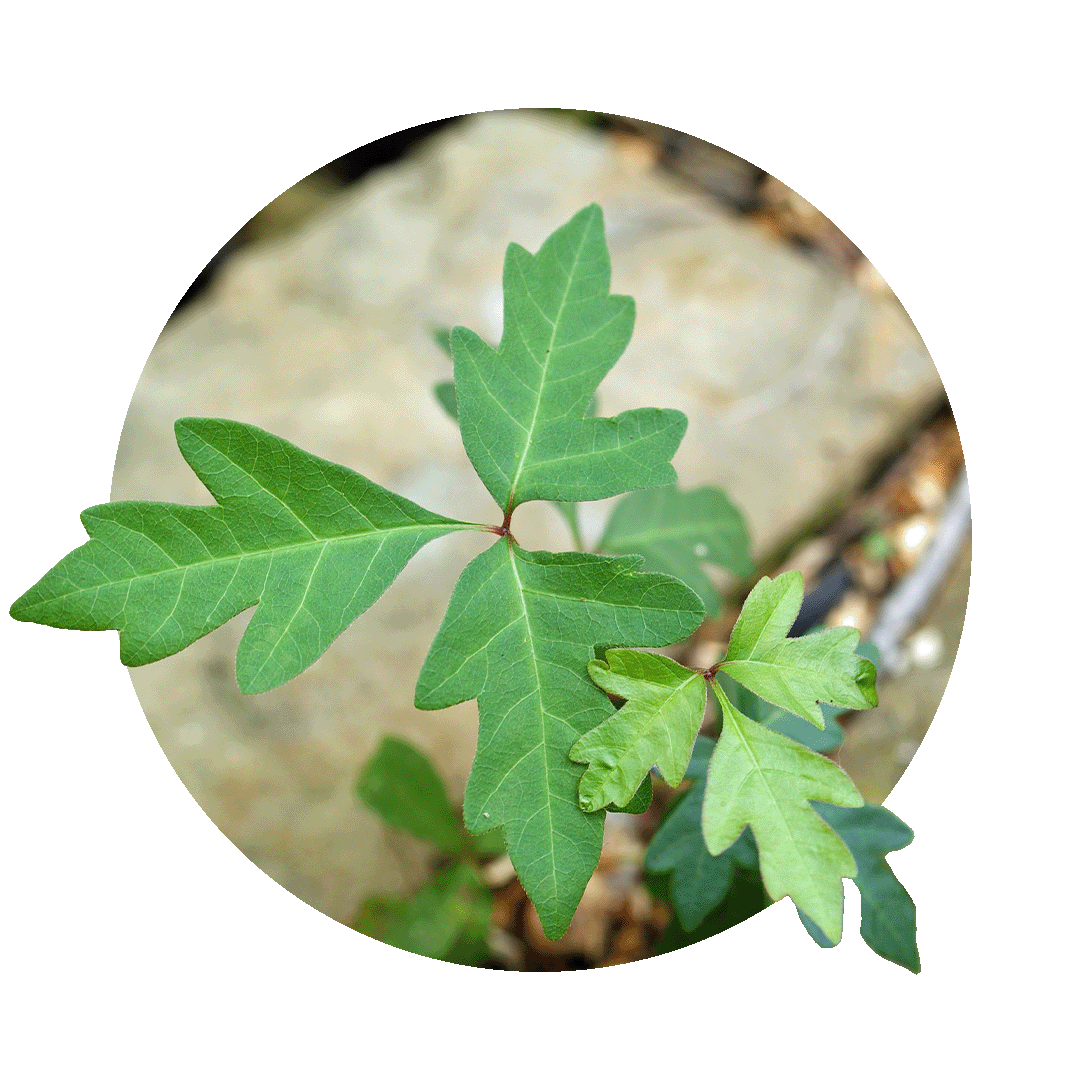Coloquine: poisonous pumpkin with healing properties
Coloquine is an ancient medicinal plant. In the Arab world, it has been used for centuries for medicinal purposes, and even in the Bible it is already praised as a suitable laxative. Thereby it was also meant for vomiting. Its nickname, purging cucumber, indicates that it was used to make patients vomit specifically. Its meaning today has become more specific. It is now used only in naturopathic circles, but enjoys great popularity there for use in many forms of cramps and colic.
Coloquent facts
Did you know that...
... it was a common laxative in the Middle Ages?
... it can survive in dry, barren areas because it develops a taproot several meters long?
... the fruits are unfortunately confused with the zucchini because of the relationship.
What is Coloquinte?
Kologuinte is a perennial herbaceous plant with tubers from the cucurbit family. It is native to North America and Southeast Asia, but is cultivated in our wide as a crop. It grows either prostrate on the ground or likes to climb up when given the opportunity. It has stalked, 3-5-lobed leaves that grow up to 9cm wide and long. Both sides of the leaf are hairy and its tendrils are single to multiple branched. The yellow flowers appear in May and usually last until September. They are five-petaled and roundish. The fruit of the plant, an armored berry up to 10cm long and 8cm wide, is usually bright yellow in color, but can also be whitish-greenish. It is harvested from October to February. The dried pulp of the ripe fruit is used medicinally.
General and medicinal properties of Citrullus colocynthis
The basic knowledge
Antispasmodic
Colocynthis is antispasmodic. It reliably combats even severe cramps and creates relaxation. Colic pain thus disappears reliably and well-being returns.
Digestive
Colocynthis is digestive. When the digestive organs spasm, digestive secretions cannot flow and digestion stops. Colocynthis has a relaxing effect on digestion and thus promotes this. Constipation and diarrhea decrease and the process returns to normal.
Anti-diarrheal
Colocynthis is antidiarrheal. Often blocked, cramping digestive organs are responsible for diarrhea. Due to the fact that colocynthis relieves the spasms, the diarrhea also recedes and the stool regains consistency.
Citrullus colocynthis: Ingredients
Coloquine contains active substances typical of this plant family, which are notable for their massive bitterness.
- Bitter triterpenes such as cucurbitacins (contained in the flesh up to 0.3%).
Coloquinte: effect for body and mind
The basic effect of this plant is based on its bitter cucurbitacins. These massively stimulate the digestive glands and irritate them to secrete. They also have a relaxing and balancing effect on muscular structures. In pure form, it can cause toxic phenomena very quickly, which is why it is used exclusively in diluted form. Usually it is prepared homeopathically or spagyrically. Its relaxing effect is therefore used to treat various strong cramp issues. Kidney and biliary colic are among them, as well as diarrhea caused by intestinal spasms. The Colocynthis patient also stands out on a mental level with release issues and tension problems.
Properties of Citrullus colocynthis
- Relaxing
- Antispasmodic
- Digestive
- Coloc inhibiting
- Analgesic
- Anti-nausea
Fields of application in naturopathy
[Citrullus colocynthis]
The overriding theme of the coloquine is cramps, colics and spasms. So it is about symptoms caused by tension.
Citrullus colocynthis for cramps
Cramps can take place both in internal organs with muscles such as gallbladder, intestines or kidneys, but of course also on skeletal muscles. Coloquine inhibits these spasms and reduces the tendency to them. It relaxes the muscular structures and thus weakened the symptoms.
Coloquinte for trouble & fright
In case of anger and fright, the stress nervous system is automatically activated in the body, which leads to the tension of the muscles. This makes tension and favors colic-like conditions. Coloquine helps to reduce the tension and to prevent the effects of mental tension from taking hold physically. The muscles relax again and the discomfort goes away.
Citrullus colocynthis as a laxative
In higher dosage, coloquine can be used as a laxative. It stimulates the gallbladder and pancreas to work with its bitter substances. These release their digestive secretions and help the intestines to eliminate the stool gently but effectively. The constipation passes and digestion returns to normal.
Coloquinte for diarrhea
Diarrhea can also be caused by a lack of digestive juice. As a result, the body no longer properly digests the food and decides to quickly flush out the unclean digestive pulp. The coloquine stimulates the digestive glands with the bitter substances and the intestines regain the strength to overcome the food. Therefore, it stops the diarrhea and the stool remains its usual duration in the body.
Notes on the use of Citrullus colocynthis
Coloquine is usually a component of ready-made mixtures or is administered as a spagyric or homeopathic single remedy from D6. Only here it is so well dosed to emphasize the benefits as a medicinal plant. It is used as a cure or in periods of high stress for the (digestive) system. A multiple intake is indicated in acute cases.
Coloquine during pregnancy & lactation
It can also be used in pregnancy in spagyric or homeopathic form from D6 for all types of cramps and colic. Higher concentrations and longer intakes are not advised because of its abortive effect on the fetus.
Discover our sprays
With natural methods such as the individual spagyric sprays from Zimply Natural, complaints can be treated and sustainably alleviated.
Use the healing power of Koloquinte!
Use the healing power of the coloquine and our other more than 100 medicinal plants for the natural relief of your complaints. Improve your well-being and support your body, your mind and your soul! Use our configurator to create your personal spagyric spray, which is tailored to your needs and accompanies you on your natural path to the improvement of body, mind and soul.

